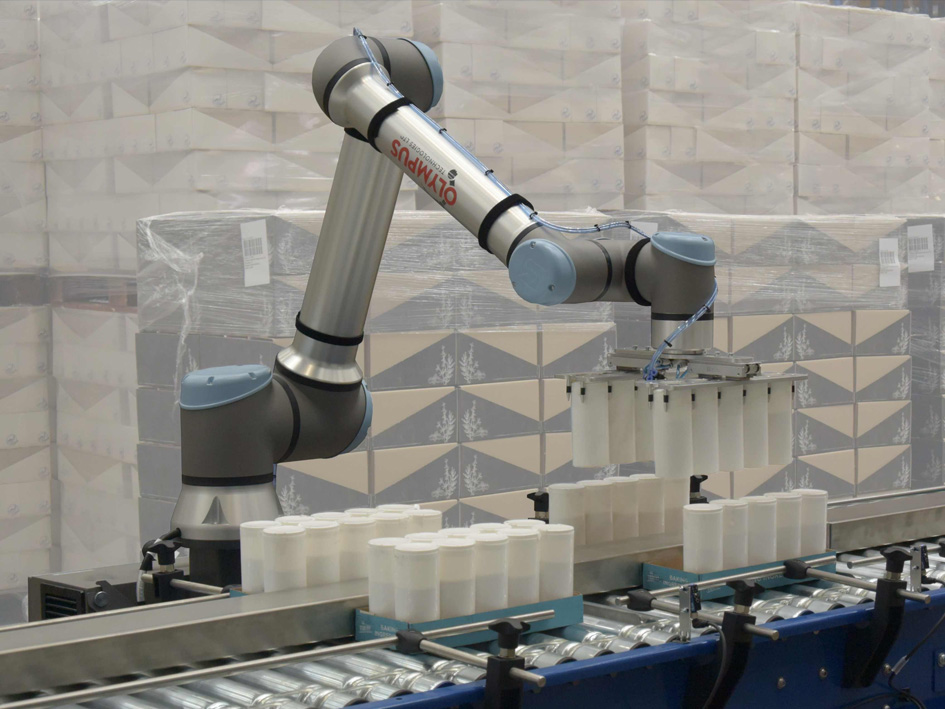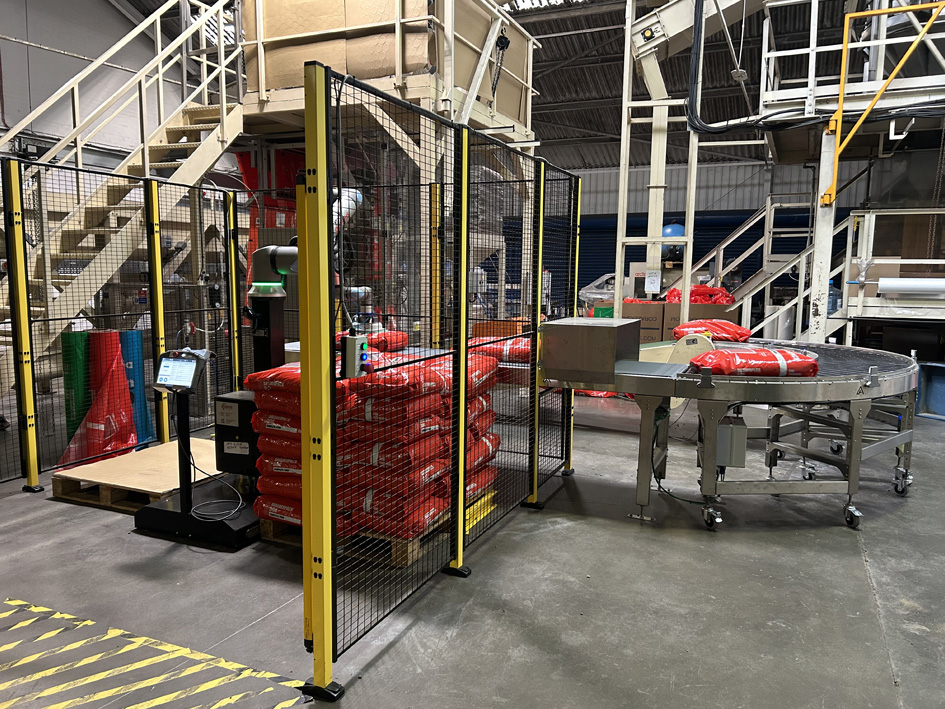Why Workplace Welding Safety Needs a Technological Shift
The welding industry is at a turning point. With persistent labour shortages, increasing productivity demands, and ongoing safety risks, traditional welding operations are no longer sustainable. The challenge isn’t just output, it’s worker safety.
Collaborative robots offer a transformative solution. These robotic systems are designed to work alongside human operators, reshaping the welding process to prioritise both efficiency and safety. Far from replacing skilled welders, they take on repetitive and hazardous tasks, reducing risks while enhancing performance.
What Are Collaborative Welding Robots?
Collaborative welding robots, or welding cobots, are compact, flexible systems built for human robot collaboration. Unlike traditional industrial robots, which must operate in isolated zones behind bulky fences, cobots have more flexibility when it comes to safety options allowing them to work alogside human workers.
They are equipped with:
- Intuitive control systems for simplified programming
- Real-time response capabilities to pause or adjust movement
Cobot welders excel at repetitive welding tasks where overall safety and consistency are essential.
Understanding Welding Safety Hazards
Welding operations are inherently high-risk. Human welders often face:
- Extreme heat from the welding torch
- Toxic fumes and harmful UV radiation
- Potential burns, electric shocks, and eye injuries
- Fatigue from prolonged manual welding
Even with safety protocols like welding curtains, ventilation, and PPE, injuries persist. The variability in welding tasks leaves room for human error, contributing to ongoing workplace injuries across the industry.
Welding Cobots Safety Features
Cobot welding systems are designed with safety features, combined with the correct workplace safety such as arc protection, fume protection and appropriate PPE, they create safe controlled, workspaces.
The cobots safety features include:
- Force and torque sensors to halt motion on contact
- Compliant joints and integrated emergency stop mechanisms
By managing hazardous tasks, welding cobots reduce direct exposure to risk, improving worker safety. In one UK-based welding project, a 40% drop in incidents was recorded within months of integrating cobots into daily welding applications.
Cobots vs Industrial Robots: A Safety Snapshot
| Feature | Traditional Industrial Robots | Collaborative Robots (Cobots) |
|---|---|---|
| Operator Proximity | Isolated, fenced environments | Can work alongside humans with the correct safety |
| Safety Setup | Requires external guards | Built-in safety features |
| Programming Complexity | High | Simple control systems |
| Flexibility | Limited to pre-defined tasks | Adaptable for complex tasks |
This contrast highlights why cobots are redefining welding automation. Their safety-focused design, paired with flexibility, makes them a safer, smarter choice for modern manufacturing.
Empowering Human Welders, Not Replacing Them
A major misconception is that automated systems eliminate jobs. In reality, robotic systems like cobot welding elevate the role of experienced welders.
By offloading low-value or physically intense work - like holding a torch in awkward positions - human workers are free to focus on complex tasks requiring creativity and expertise. This shift enhances:
- Job satisfaction and engagement
- Precision through reduced fatigue
- Long-term operational efficiency
Cobot welding safety goes beyond accident prevention - it supports a healthier, more empowered workforce.
Implementing Cobot Welding Safely and Strategically
Effective deployment starts with a thorough risk assessment. Manufacturers must consider:
- Updating floor layouts for human robot collaboration
- Ensuring proper training for staff and technicians
- Gradual integration into existing systems
Involving human workers from the outset helps uncover inefficiencies and boosts adoption. Continual safety reviews also ensure cobots stay aligned with evolving production processes and workplace needs.
Beyond Safety: Productivity Gains and Workforce Stability
While workplace safety is a core driver, cobot welding offers broader benefits:
- Reduced waste through consistent welds
- Longer output cycles due to lower fatigue
- A scalable solution for labor shortages
Most companies report full ROI on welding cobots within 12–18 months - thanks to fewer injuries, increased uptime, and lower attrition among qualified welders.
The Future of Welding Is Safe and Collaborative
Welding robots are no longer just about automation - they're about synergy. By working alongside human operators, they create environments where safety, precision, and productivity go hand in hand.
As future trends in industrial automation emerge, embracing collaborative robots cobots is essential. Manufacturers that invest in these technologies today will lead tomorrow’s manufacturing process with safer, smarter operations.
FAQs
How do collaborative welding robots improve workplace safety?
They minimise direct exposure to hazardous tasks like intense heat and fumes.
What are the main safety features of cobot welding systems?
Cobot welding systems come equipped with torque sensors, emergency stops, and adaptive joints. These built-in safety features help detect collisions and prevent accidents.
Can welding cobots perform all types of welding tasks?
They are ideal for repetitive welding tasks and processes where consistency is key. While they enhance productivity gains, more intricate welding tasks still benefit from the skill and judgment of human welders.
What should be considered when integrating cobots into existing systems?
Start with a thorough risk assessment and ensure proper training for operators. Adjust layouts for safe human robot collaboration and roll out cobots gradually to match your unique welding applications and team workflows.
Have you worked with welding cobots in your facility?














